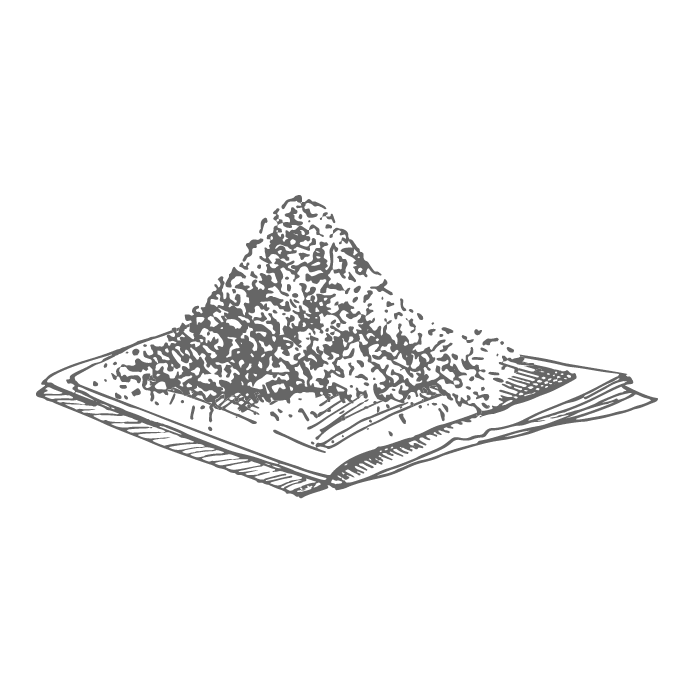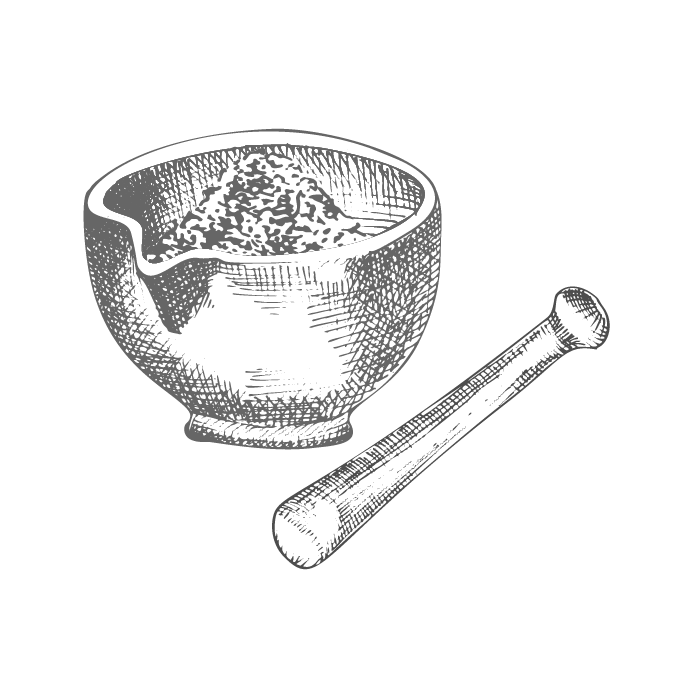If you are experiencing pain, you will already know what it is. It can be debilitating! How can we help you with your pain?
Did you know that acupuncture is phenomenal in assisting with reducing pain? In fact, it’s one of the many reasons that clients get referred to us – because of their pain. Studies have shown that acupuncture can significantly reduce pain and improve your quality of life straight away. What is pain? Put simply, pain is the built-in alarm that informs you something is wrong! Pain is your body’s way of sending a warning to your brain. Your spinal cord and nerves provide the pathway for messages to travel to and from your brain and the other parts of your body. Pain is our bodies way of communicating with us that something is wrong. It is feedback for us to stop doing whatever action we are doing, or to focus on a certain area of the body, as this area is not functioning correctly.
Pain does not just affect our physical body, but also our emotional body. Pain is described as suffering, reduced ability, lack of joy from life and can lead to isolation. How do we approach pain treatment at Rebalance TCM? At Rebalance TCM you will be asked a few questions when you come in for your first treatment – such as: * Where is your pain? * Where does it travel to? * What makes it worse, better, and/or reduces the pain?
We ask these so that we can learn about the cause of the pain and what it affects and how it affects you – emotionally, physically and psychologically. When we treat pain – we don’t just treat the area where the pain is, but the root cause. How we treat pain is to move blood and energy and provide nourishment to the blood, the muscles and the tendons. By moving blood and energy in the body and providing nourishment to the muscles, tendons, cartilage we assist to reduce the pain and to improve circulation, energy, digestion. We may use acupuncture alone or other manual techniques such as massage, cupping, gua sha(scraping).
For example – I had a new client come in. She has had terrible migraines since she was a teenager and often gets headaches. So, I asked all our normal questions including the location of the headache, the level of discomfort that she was in, and what the pain was like. We followed along the meridians’ and treated the pain for headache as I went along the channels. By moving the energy and blood and treating the affected channel, after 5 mins and 7 needles, her headache became dull and this disappeared! That’s right it disappeared! I saw her again today as in the past week she has not had a headache!
- Chinese Herbal Medicine
- Lifestyle Issues
- Diet and Food Therapy
- Acupuncture
- Meditation
What may acupuncture assist with?
- Fertility and IVF
- Endometriosis
- PCOS Pain management
- Preventative health Digestive issues
- Anxiety
- Depression
- Stress


